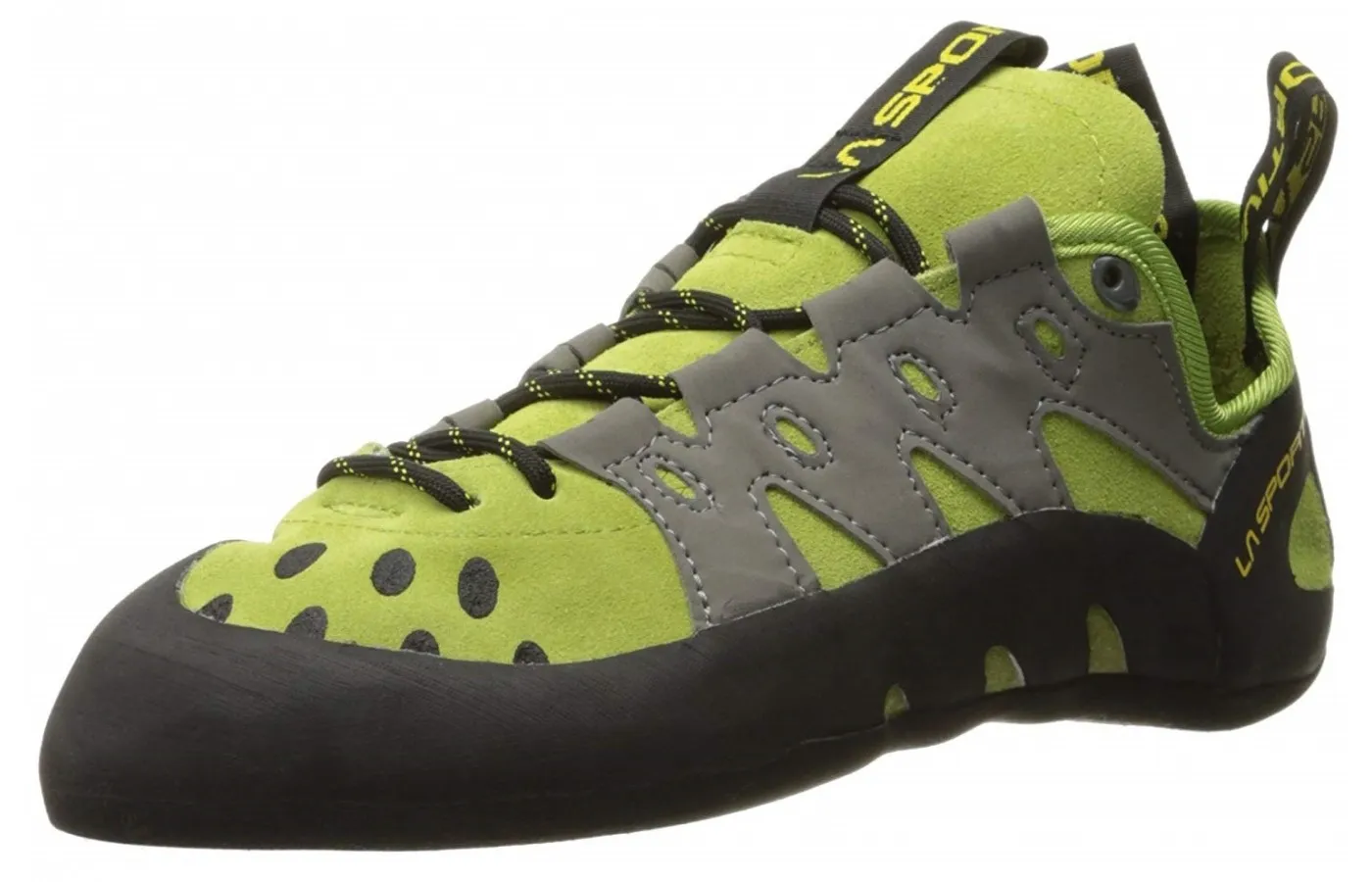Understanding the La Sportiva Tarantula
The La Sportiva Tarantula is a popular entry-level climbing shoe, highly regarded for its comfort and versatility. Designed for both indoor and outdoor climbing, it’s an excellent choice for beginners and intermediate climbers. The Tarantula’s design focuses on providing a secure fit without excessive tightness, making it ideal for climbers who are still developing their footwork skills. Understanding the key aspects of the Tarantula, from its materials to its intended use, is the first step in ensuring you find the right size for optimal performance and enjoyment.
Overview of the Tarantula Climbing Shoe
The La Sportiva Tarantula is a versatile climbing shoe designed for a wide range of climbing styles and skill levels, particularly suited for beginners and intermediate climbers. Known for its comfort and user-friendly design, the Tarantula features a relaxed fit that makes it suitable for long training sessions or multi-pitch climbs. Its durable rubber outsole provides excellent grip on various rock types and climbing holds. The shoe’s asymmetrical shape and moderate stiffness offer a balance between sensitivity and support, aiding in the development of proper footwork techniques. The upper is typically made of leather or synthetic materials, ensuring breathability and longevity.
Features and Benefits
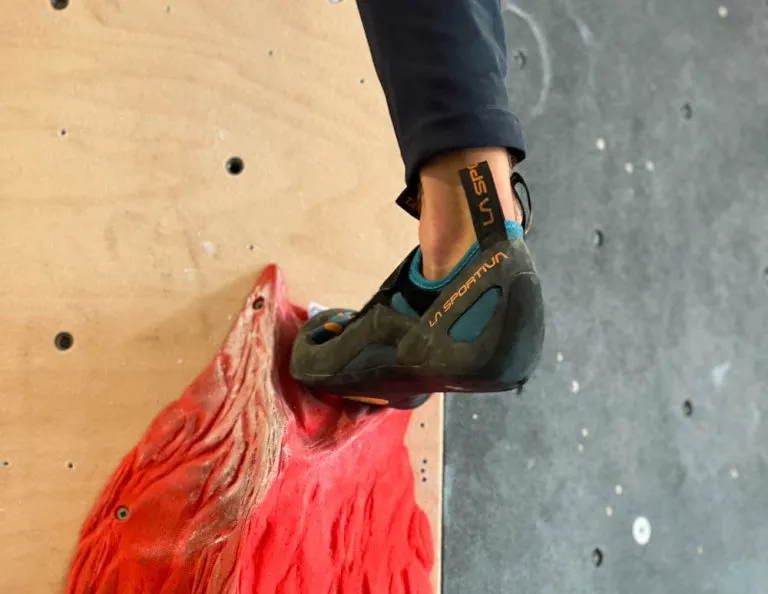
The La Sportiva Tarantula boasts several key features designed to enhance the climbing experience. Its FriXion rubber outsole provides superior grip and durability, crucial for both indoor and outdoor climbing. The shoe’s lacing system allows for a customized fit, accommodating various foot shapes and sizes. The unlined leather upper (in some models) molds to the foot over time, enhancing comfort and performance. Key benefits include all-day comfort, making it suitable for extended climbing sessions, and a forgiving fit that supports the development of footwork skills. The Tarantula’s versatility makes it suitable for various climbing disciplines, from sport climbing to bouldering.
Here are the main benefits
- Comfortable Fit
- Durable Construction
- Excellent Grip
- Versatile Performance
- User-Friendly Design
Why Size Matters
Choosing the correct size for your La Sportiva Tarantula is paramount for both comfort and performance. A shoe that is too large will lack precision, making it difficult to stand on small holds, while a shoe that is too small can cause discomfort and hinder blood flow. A properly sized shoe allows for optimal sensitivity, enabling climbers to feel the holds and improve their footwork. This balance is critical for efficiency and enjoyment in climbing. The right fit also ensures the longevity of the shoe, as it reduces the risk of wear and tear caused by excessive foot movement within the shoe.
How to Measure Your Feet for Climbing Shoes
Accurately measuring your feet is the first step toward finding the perfect fit for your La Sportiva Tarantula. Start by placing a piece of paper on a flat surface and standing on it with your full weight. Trace the outline of each foot, ensuring the pen or pencil remains vertical to get an accurate tracing. Measure the length of each foot from the heel to the longest toe, and also measure the width at the widest part of your foot. It is best to measure your feet at the end of the day when they are at their largest due to swelling. Compare your measurements to the La Sportiva size chart to determine your starting point.
Essential Tools for Foot Measurement
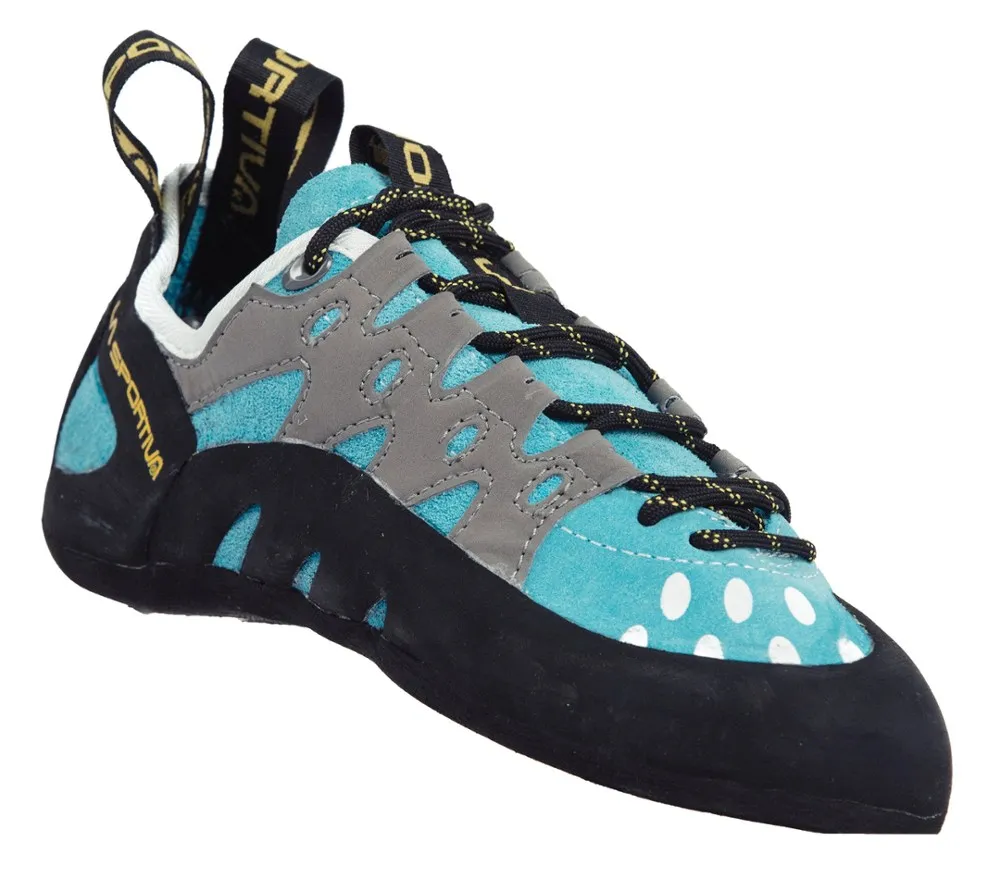
To get accurate measurements, you’ll need a few essential tools. A piece of paper, preferably larger than your foot, is necessary for tracing. Use a pen or pencil, making sure it is sharp and that you hold it vertically to get a precise outline. A ruler or measuring tape is required to measure the length and width of your foot. Make sure the ruler provides accurate measurements in both centimeters and inches, allowing you to compare the results with the La Sportiva size chart. It’s also helpful to wear the socks you intend to climb in while measuring.
Step by Step Guide
To ensure a perfect fit, follow these steps. First, trace the outline of your foot on a piece of paper. Then, measure the length from the heel to the tip of your longest toe. After that, measure the width at the widest part of your foot. Record both measurements in centimeters and inches. Consult the La Sportiva size chart, comparing your measurements to the provided sizes. Consider your climbing style and experience level when choosing a size. Remember that the size may vary between different La Sportiva models, so always check the specific size chart for the Tarantula.
Comparing La Sportiva Tarantula Sizes
La Sportiva sizes can vary slightly between different models, but the Tarantula generally fits true to size, or perhaps a half-size larger than street shoes, due to its comfort-focused design. Men’s and women’s sizes are usually on the same chart, with differences primarily reflecting variations in foot shape. Always compare your measurements to the specific size chart for the Tarantula. It’s important to understand that the fit can also depend on whether the shoe has been broken in. A new shoe may feel tight, but the materials will often stretch and mold to your foot over time. Experimenting with different sizes can help you discover the ideal fit for your foot.
Tarantula Size Chart Breakdown
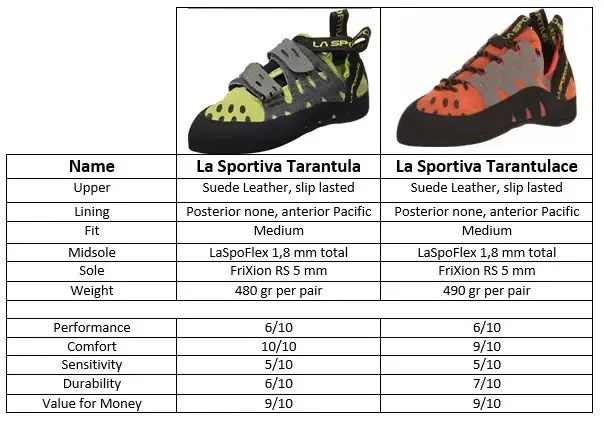
The La Sportiva Tarantula size chart typically includes measurements in both centimeters and inches, along with corresponding European and US sizes. The chart provides a guideline for converting your foot measurements into the correct shoe size. When using the chart, it is critical to measure both feet, as there can be differences in size. Use the longer foot’s measurement as your primary reference. Remember that these charts provide a general guideline, and personal preference and foot shape also influence the ideal size. Consider reading reviews from other climbers and, if possible, trying the shoes on in person.
Men’s vs Women’s Sizing
La Sportiva generally uses the same size chart for men’s and women’s Tarantula models. However, the specific fit might differ slightly, reflecting the typical differences in foot shapes. Women often have narrower heels and higher arches. Men’s sizes are typically labeled based on a standard male foot shape, while women can often find a better fit by sizing down a half or full size. Comfort is key, so it is important to measure both feet and compare them to the size chart. Ultimately, the best size will depend on your foot’s unique shape and preferences. Trying on the shoes, if possible, is always the best way to ensure a comfortable fit.
Factors Affecting Fit
Several factors influence how a climbing shoe fits. Your climbing style, experience level, and the shape of your feet all play a role. Beginners may prefer a more relaxed fit for comfort, whereas experienced climbers may prefer a tighter fit for enhanced sensitivity. Foot shape varies; some climbers have wide feet, and others have narrow feet. Pay attention to the volume of your foot – a low-volume foot might not fill a high-volume shoe. The type of socks you wear can also affect fit; thinner socks allow a more precise fit. When selecting the right size, consider these factors to find the perfect balance between comfort and performance.
Climbing Style and Performance

The intended climbing style significantly affects your ideal shoe size. For bouldering and sport climbing, a tighter fit can enhance precision on small holds. This fit often involves sizing down to maximize performance. For multi-pitch climbing, where comfort is paramount, a more relaxed fit allows for extended wear. Choose a shoe that balances performance and comfort based on your climbing style and the length of your climbs. The La Sportiva Tarantula, with its versatile design, accommodates various climbing styles, making it a good choice for beginners developing technique.
Experience Level
Your experience level influences the optimal shoe size. Beginners benefit from a more relaxed fit, prioritizing comfort while they learn footwork. This allows them to climb for extended periods without discomfort. As climbers gain experience, they may consider a tighter fit to improve precision and performance. The La Sportiva Tarantula is suitable for beginners, offering a balance between comfort and performance. Consider how your skills progress when choosing a size; you might need to adjust your size over time.
Toe Shape and Volume
Toe shape and volume play a critical role in determining the perfect fit. If you have a more square toe shape, you might find the Tarantula more comfortable in your street shoe size, while those with a more pointed toe might benefit from a tighter fit. The volume of your foot refers to the amount of space your foot occupies. High-volume feet will fill the shoe more fully, while low-volume feet may have more empty space. It is essential to assess your foot shape and volume to find a shoe that fits snugly without causing excessive pressure or dead space.
Troubleshooting Common Sizing Issues
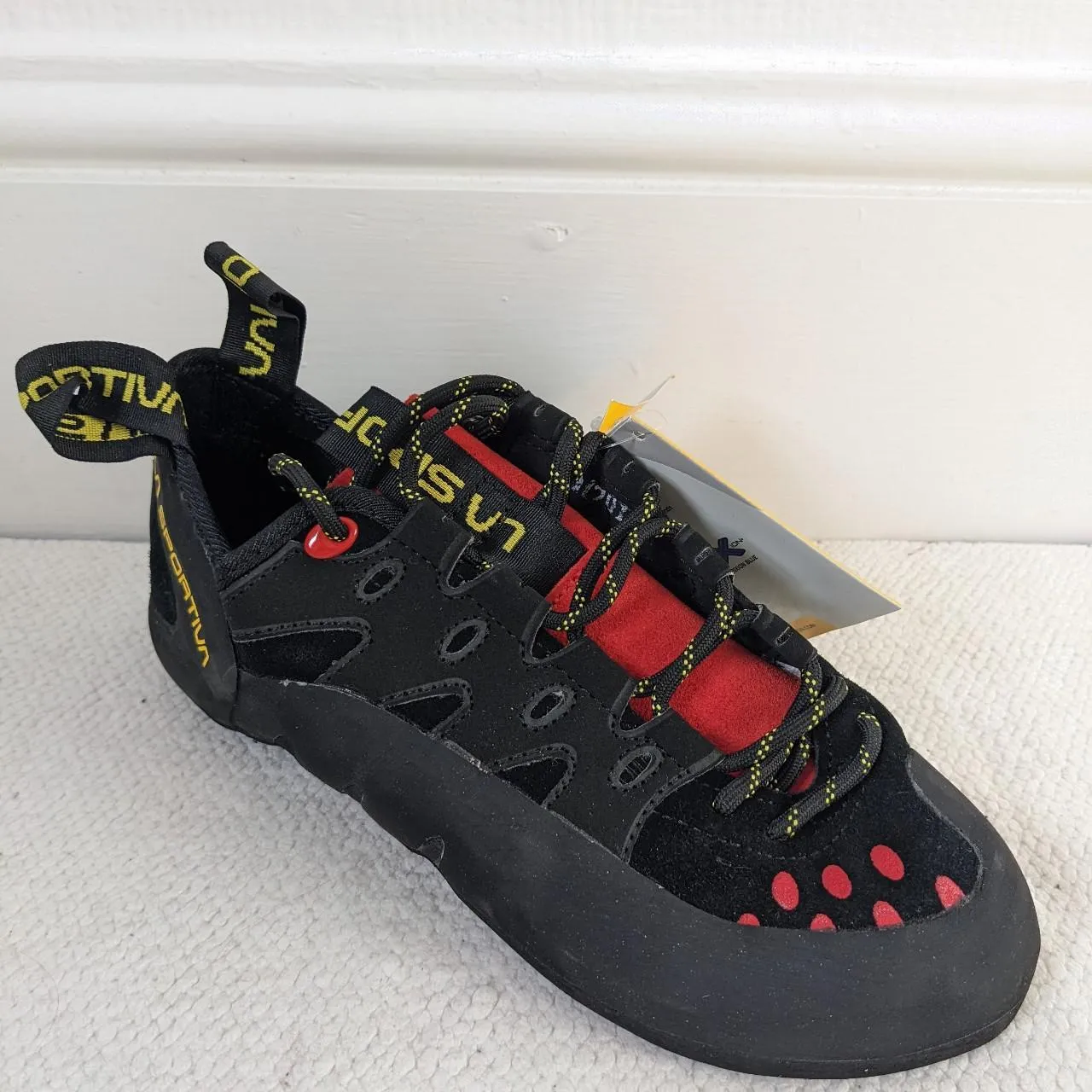
Several common sizing issues can affect your climbing experience. Heel slippage is one of the most prevalent problems. If your heel lifts out of the shoe while climbing, the shoe is likely too big. Toe cramping can result from a shoe that’s too small, causing discomfort. Pressure points can occur when the shoe is too tight in certain areas. Identifying the cause of your discomfort is essential for finding the right fit. Experimenting with different sizes and trying the shoes in person can help resolve these issues and improve your climbing comfort and performance.
Heel Slippage Solutions
Heel slippage is a common issue. It is often due to the shoe being too large or the heel cup not fitting your foot shape. Adjust the lacing to ensure a snug fit around the heel. If this doesn’t work, consider trying a smaller size. Climbing socks can also help to add some bulk and reduce slippage. If the problem persists, you may want to look at shoes with a different heel design that better matches the shape of your heel. Ensure the shoe’s heel cup is properly aligned with your heel. When you’re testing the shoe, actively climb to make sure the heel stays in place during dynamic movements.
Toe Cramping Remedies
Toe cramping is often a sign of a shoe that is too small. To alleviate the discomfort, try a larger size or a shoe with a more relaxed fit. If you are set on a tight fit, you may need to break in the shoes gradually, using them for shorter climbing sessions at first. Ensure the shoes aren’t pressing down on your toes. Stretching the shoe slightly can also create more space for your toes. It is important to prioritize comfort to prevent injury and improve your climbing experience. If cramps persist, reconsidering your size and fit is necessary.
Tips for Finding the Right Fit

When trying on climbing shoes, wear the socks you plan to climb in, as this can affect the fit. Stand up and walk around in the shoes to assess comfort and fit. Your toes should touch the end of the shoe, but not be excessively cramped. The heel should fit snugly without slipping. Test the shoes on a climbing wall, if possible, to assess their performance. Consider sizing down slightly for a performance fit, but prioritize comfort, especially if you’re a beginner. Seek advice from experienced climbers or shop staff to help you determine the right size. Don’t hesitate to try multiple sizes to find the best fit.
Trying on Shoes in Person
Trying on shoes in person is the best way to ensure you get the right fit. Visit a local climbing shop where you can try on various sizes and models. Walk around in the shoes, paying close attention to how they feel. Look for any pressure points or areas of discomfort. Test the shoes on a climbing wall, if available, to simulate real-world conditions. Bring the socks you plan to climb in, and allow ample time to try on different pairs. Consulting with a knowledgeable shop assistant can also provide valuable insights to help you make the best choice. Trying on different pairs lets you directly compare the feel and fit of each size.
Online Ordering Considerations
When ordering La Sportiva Tarantula climbing shoes online, carefully review the size chart. Measure your feet accurately and compare your measurements to the chart. Read customer reviews, as they often contain valuable information about fit and sizing. Check the store’s return policy before placing an order. It is recommended to order two sizes to try at home, and then return the one that does not fit properly. If possible, try on a pair of La Sportiva shoes at a local shop to establish your size. Pay attention to whether the retailer offers free returns or exchanges, as this can simplify the process.
Breaking in Your Tarantulas
Breaking in your La Sportiva Tarantulas is essential for maximizing comfort and performance. Wear the shoes indoors for short periods to allow the materials to mold to your foot shape. Avoid wearing them for extended sessions initially. Gradually increase the duration of your climbing sessions as the shoes break in. The upper material, such as leather, will soften over time. Consider using a shoe stretcher or other methods to accelerate the process. Be patient, as it takes time to break in climbing shoes. Regular use is often the best way to break in the shoes.
Caring for and Maintaining Your Climbing Shoes
Proper care and maintenance extend the life of your La Sportiva Tarantula. After climbing, allow your shoes to air dry to prevent odors. Avoid storing your shoes in extreme heat or direct sunlight, as this can damage the rubber. Clean the rubber soles with a brush or damp cloth to remove dirt and chalk. When the rubber wears down, consider resoling your shoes. Storing the shoes in a cool, dry place will also help prolong their lifespan. Regular maintenance ensures that your shoes perform optimally and provides better climbing experiences.
Conclusion: Finding the perfect fit for your La Sportiva Tarantula is a combination of accurate measurement, understanding your climbing style, and considering the features of the shoe. This guide provides you with all the necessary information to make an informed decision, allowing you to enjoy the best possible climbing experience. Prioritize comfort, and remember that the right fit enhances performance.
